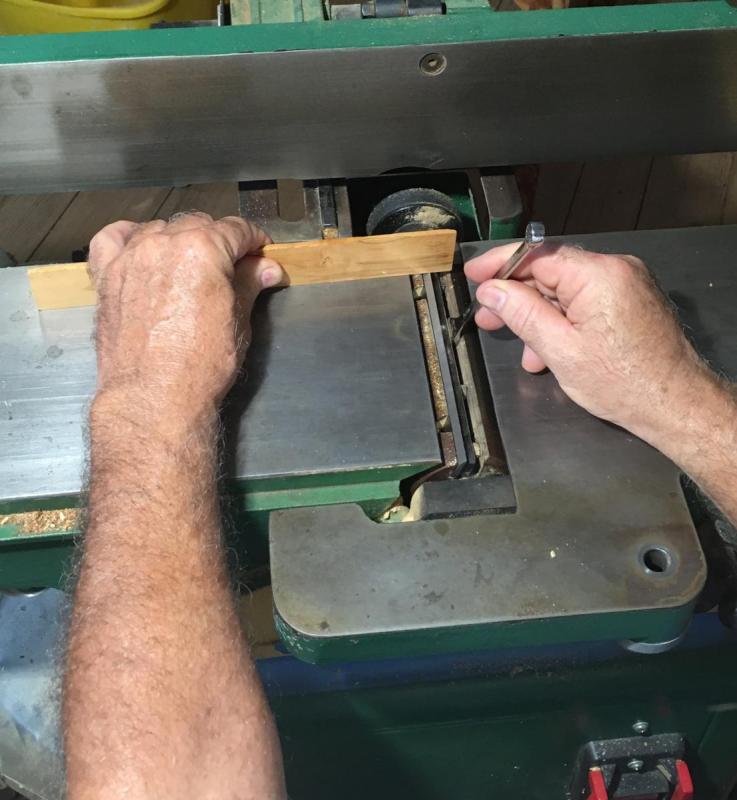Doug is certainly correct in that checking crossways will show twist, that said in my opinion there is nothing wrong with using winding sticks, it will make a twist very obvious. If the table has a twist in it, I would certainly pass on it.
Check your winding sticks against a reference, like a granite surface plate and verify them to be accurate. Winding sticks out of parallel will have you thinking everything in
the shop is twisted.
Personally, I would want a straight edge at least as long as one table, use it to verify that the tables are flat (or otherwise) then use it to make them parallel to one another.
I don’t use a one way gauge for outfeed table height, I just flatten a board’s edge, then set the height to the point at which rotating the head (by hand) will just barely pull the board. This is likely .001-.002” above the outfeed.
Outfeed too high will have the board your jointing bump into the table edge as it goes over, outfeed too low will cause snipe at the end of the board.
Last edited by Brian Holcombe; 11-25-2019 at 7:50 AM.
Bumbling forward into the unknown.




 Reply With Quote
Reply With Quote









